Introduction
Are you curious about Megalodon facts? This prehistoric shark amazes everyone! Megalodon, a giant predator, ruled the oceans millions of years ago. It lived from 23 to 3.6 million years ago. Today, in May 2025, its legacy still captivates scientists. Therefore, we’ll dive into Megalodon facts thoroughly. We’ll explore its size, diet, and extinction too. Ready to learn more? Let’s swim into this adventure!
Megalodon was the largest shark ever known. Its fossils spark wonder in museums worldwide. How big was this ancient beast? Its size continues to stun researchers. Additionally, its diet reveals its hunting prowess. Megalodon facts uncover secrets of the deep past. For example, its teeth are massive and deadly. Also, it swam across ancient oceans globally. Its extinction remains a topic of debate. It shaped marine ecosystems significantly. Exhibits display its jaws for all to see. Kids and adults alike marvel at its story. Its image appears in documentaries and films. Modern studies use advanced tech to learn more. These findings reveal new insights every year. Why did it vanish? Let’s explore this mystery together.
Beyond science, Megalodon inspires awe in popular culture. Movies like The Meg bring it to life. Books and games feature its terrifying presence. Researchers use 3D modeling to study its anatomy. Fossils fuel curiosity across generations. This article will cover all these aspects in detail. Let’s start with its incredible features.
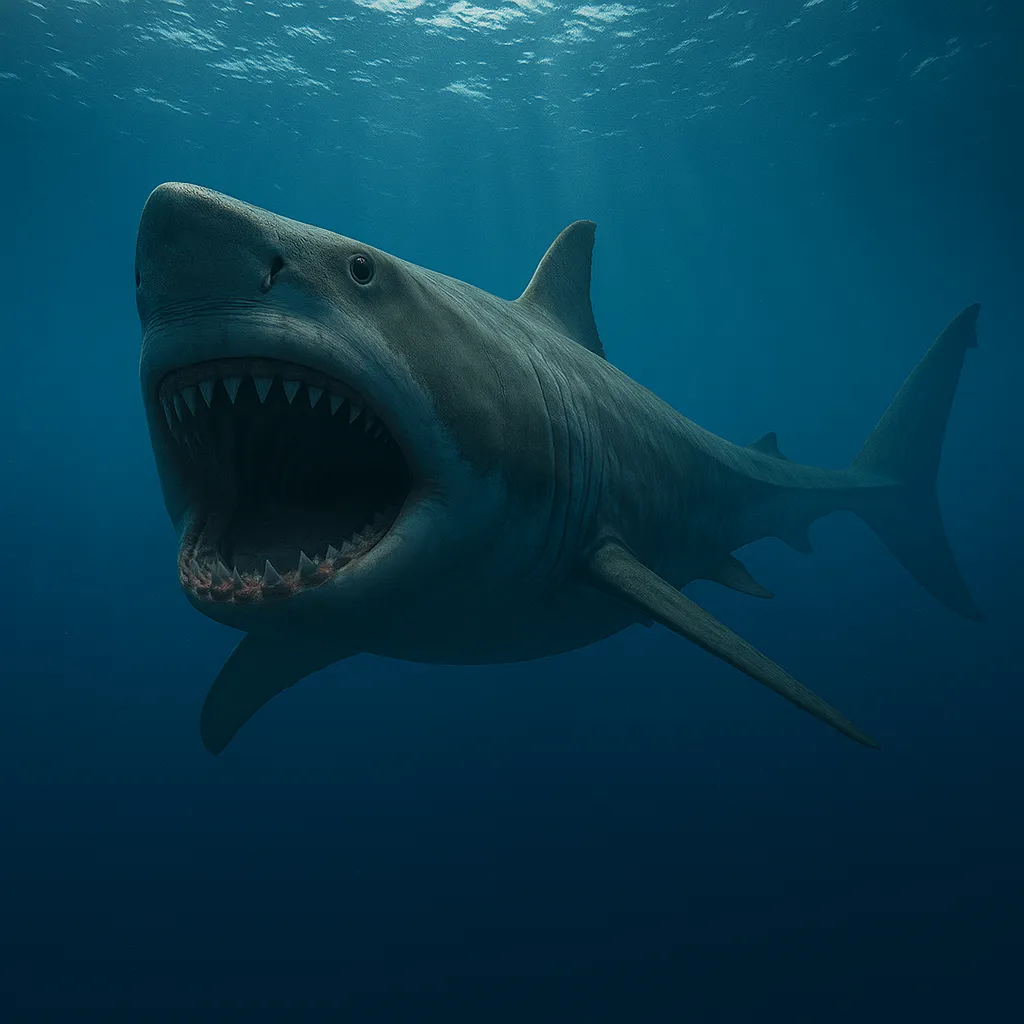
What Were Megalodon Facts About Its Features?
Megalodon facts highlight its extraordinary traits as a predator. It could grow up to 18 meters long. Some estimates suggest even 20 meters for the largest ones. Its weight reached around 60 tons. Megalodon had a robust, streamlined body for speed. Its jaws were massive, spanning over 3 meters wide. Megalodon facts include its 276 teeth in rows. Each tooth measured up to 18 centimeters long. Its fins were large, aiding swift movement. The tail propelled it through water powerfully.
Megalodon facts also reveal its impressive anatomy. Its bite force exceeded 180,000 newtons. This made it one of the strongest biters ever. Its skin was covered in tough, protective scales. These scales, called dermal denticles, reduced drag. Moreover, its senses were finely tuned for hunting. It could detect blood in the water from miles away. Its eyesight was sharp for spotting prey. These features made it a top ocean predator. Surprisingly, its skeleton was made of cartilage. This is typical for sharks, not bone. Its vertebrae were as big as dinner plates. Megalodon facts show its dominance in ancient seas. Its jaw strength crushed whale bones easily. Let’s dive deeper into its size next.
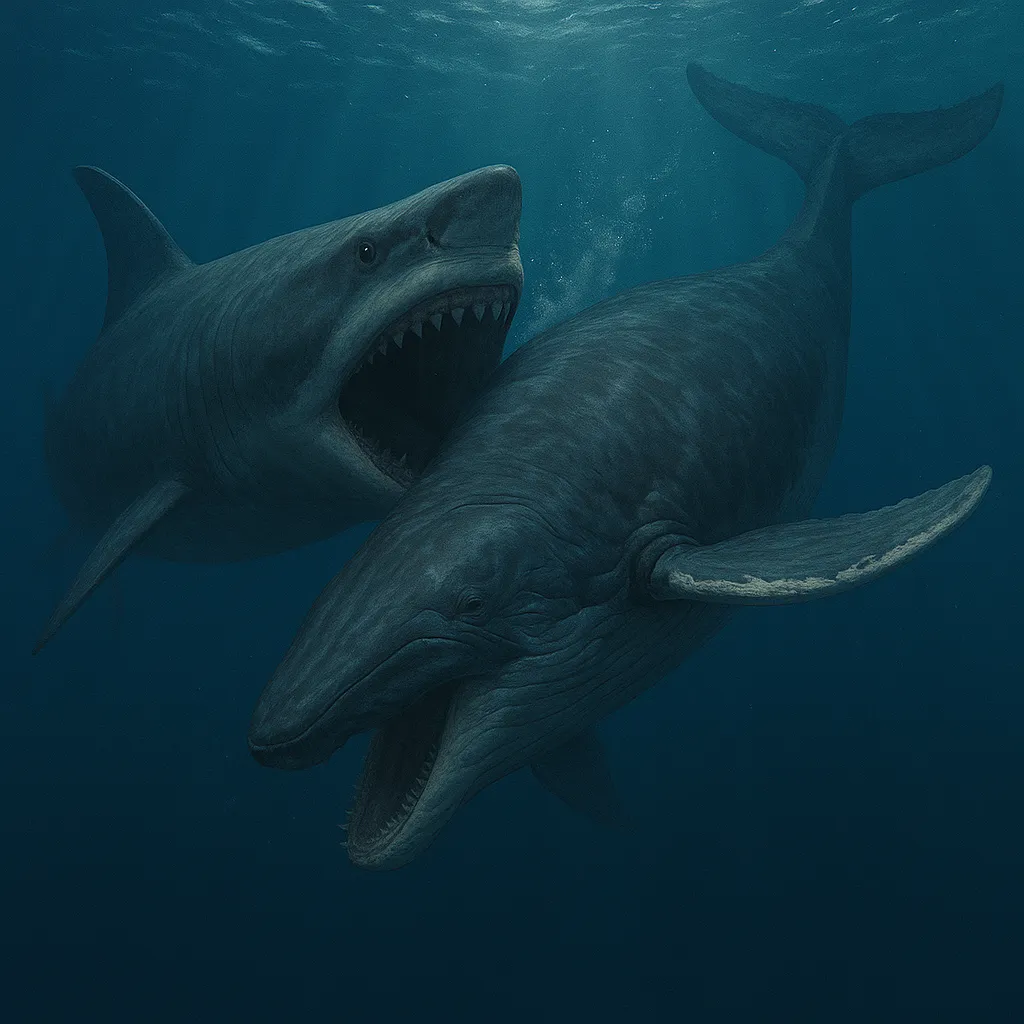
How Big Was Megalodon Size?
Megalodon size is a key part of Megalodon facts. As mentioned, it reached lengths of 18 to 20 meters. That’s three times the size of a great white shark. Its head alone could be 4.65 meters long. The body was wide, about 4 meters across. Megalodon size estimates come from its fossilized teeth. Scientists compare these to modern shark proportions. Its dorsal fin stood nearly 2 meters tall. The tail fin spanned over 3 meters wide. Its sheer mass intimidated all marine life.
Megalodon size made it a true ocean giant. It weighed more than 10 elephants combined. Its length rivaled a school bus. Fossils show it grew larger in warmer climates. For example, tropical regions produced the biggest specimens. Additionally, its size varied with age and gender. Females were likely larger than males. This size difference helped with reproduction. Its massive frame required vast amounts of food. Thus, Megalodon size contributed to its fearsome reputation. Its scale overwhelmed other ancient sea creatures. Let’s explore what it ate to sustain itself.
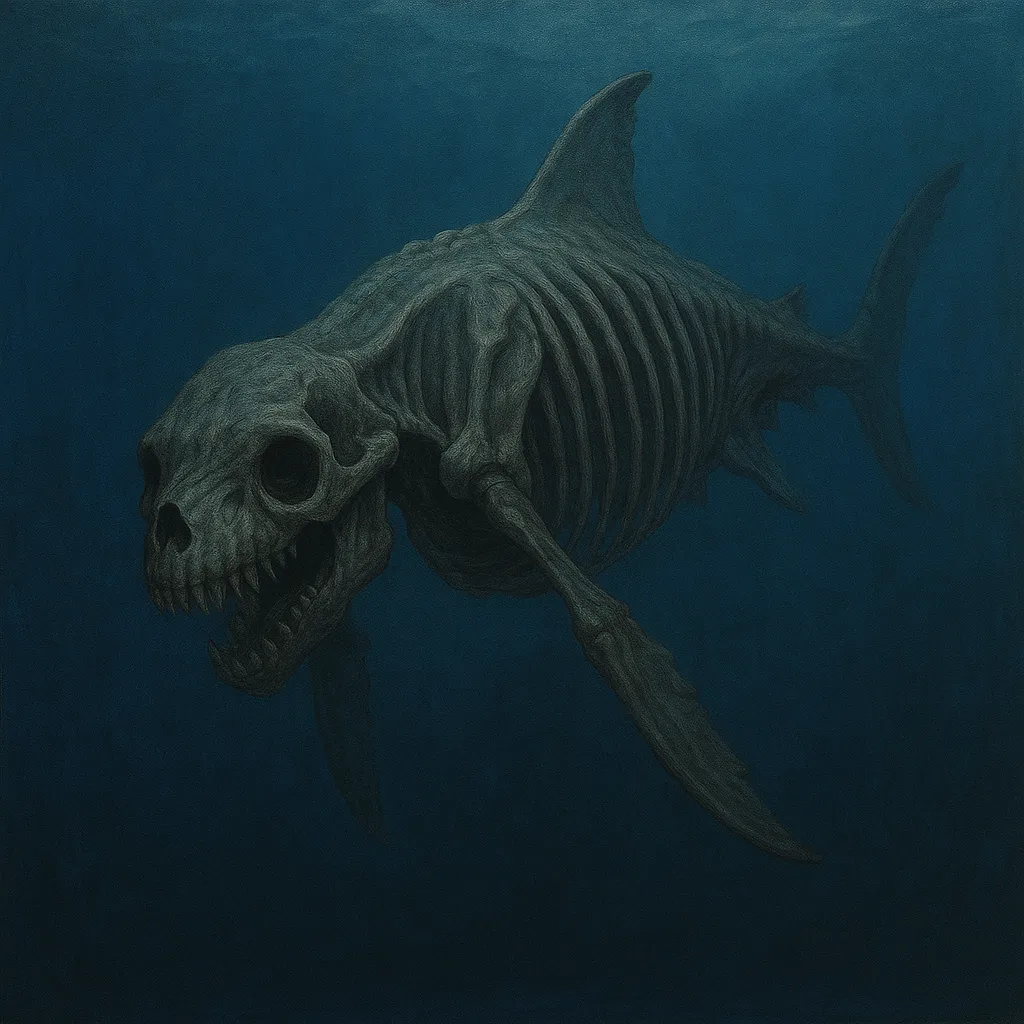
What Did Megalodon Diet Include?
Megalodon diet reflects its role as an apex predator. It primarily hunted large marine animals for survival. Whales, like early baleen whales, were its main prey. Bite marks on whale fossils confirm this. Megalodon could consume up to 1,000 kilograms of food daily. Its powerful jaws tore through flesh and bone. Also, it targeted seals and giant sea turtles. This variety ensured its nutritional needs were met. Megalodon diet included smaller sharks too. Its hunting range spanned entire oceans.
Megalodon diet wasn’t limited to live prey alone. It likely scavenged on floating carcasses when available. Its sense of smell detected blood from afar. It could swim at speeds up to 20 kilometers per hour. Moreover, its teeth were perfect for gripping and slicing. Some believe it ambushed prey from below. Others suggest it chased down fleeing animals. It competed with other predators like Livyatan. Its attacks left deep scars on whale bones. Thus, Megalodon diet shows its ruthless nature. Its feeding habits shaped ocean ecosystems. Let’s now look at why it disappeared.
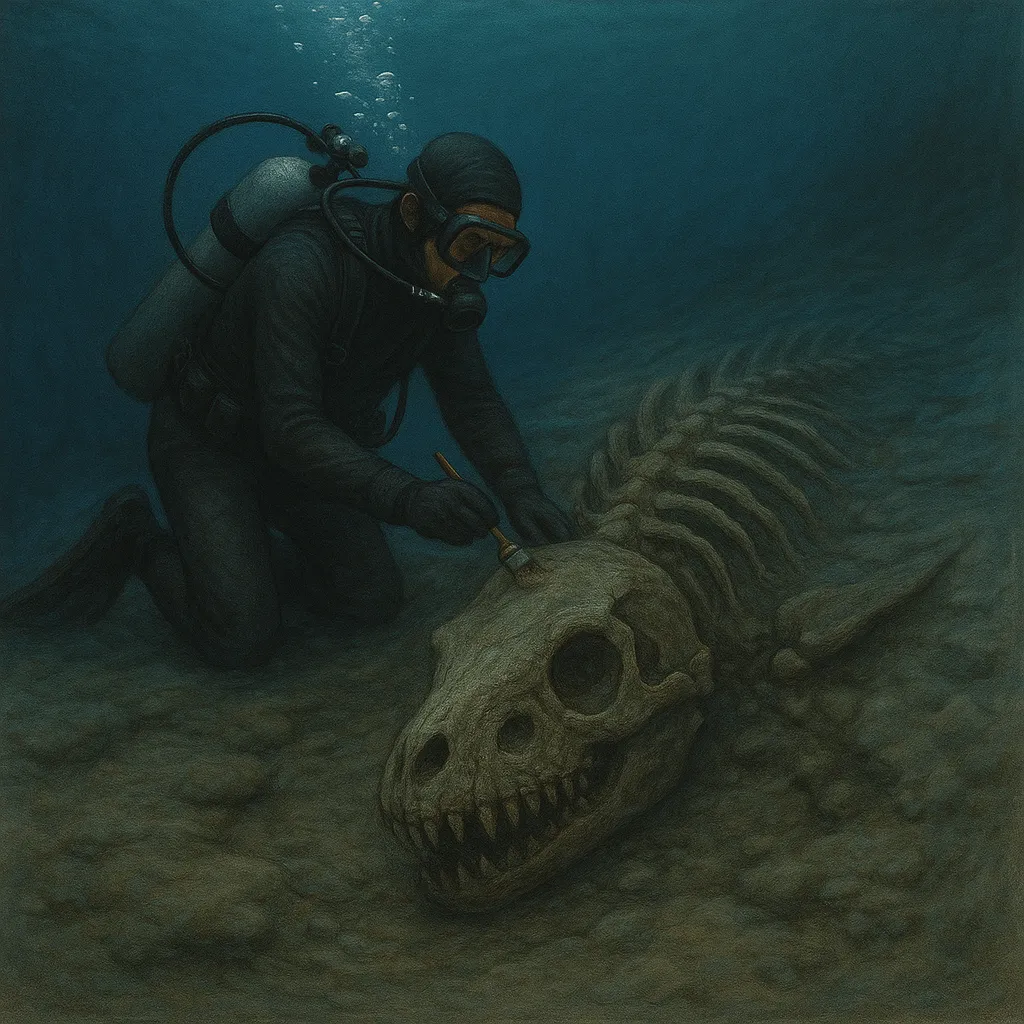
Why Did Megalodon Extinction Happen?
Megalodon extinction occurred around 3.6 million years ago, ending its reign. Climate change played a major role in this event. Oceans cooled during the Pliocene epoch significantly. Sea levels dropped, reducing coastal habitats. Prey like whales migrated to colder waters. Megalodon struggled to follow its food source. Its large size demanded constant, abundant meals. Smaller predators adapted more easily to scarcity. Its young faced survival challenges in cold seas. Eggs likely failed in lower temperatures.
Megalodon extinction also stemmed from other factors. Competition with new predators increased over time. Great white sharks and orcas rose in numbers. These rivals targeted the same prey as Megalodon. Additionally, food scarcity weakened its populations. Volcanic activity altered ocean chemistry further. Nutrient cycles shifted, impacting plankton growth. This affected the entire marine food web. Megalodon fossils disappear from this period. Thus, Megalodon extinction reshaped the ocean’s balance. Its absence allowed other species to thrive. Let’s wrap up this deep dive now.
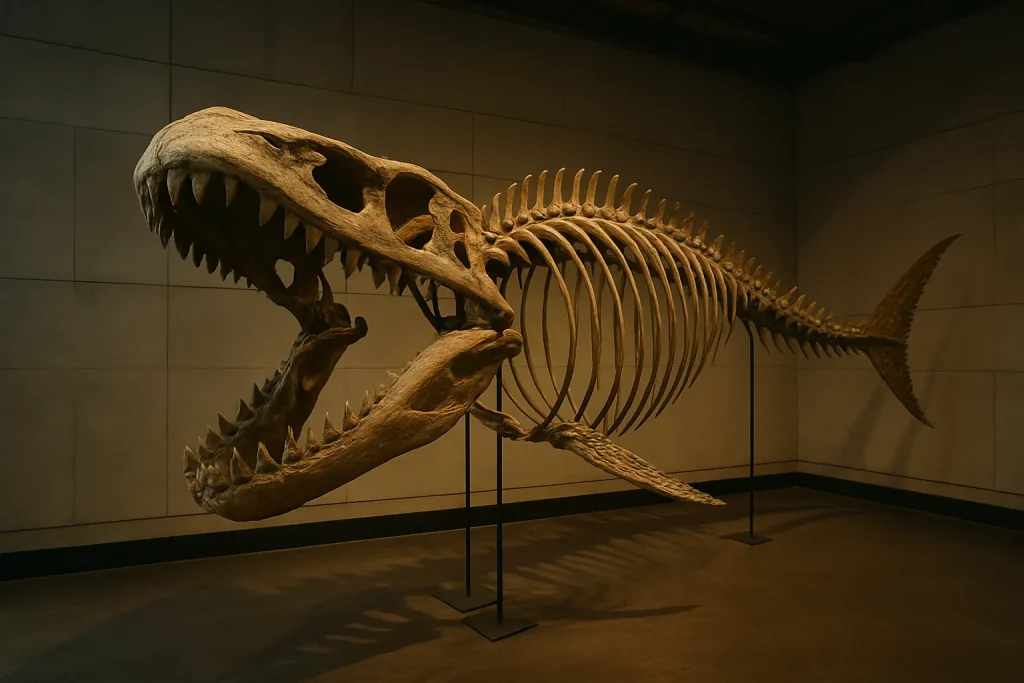
Leave a Reply